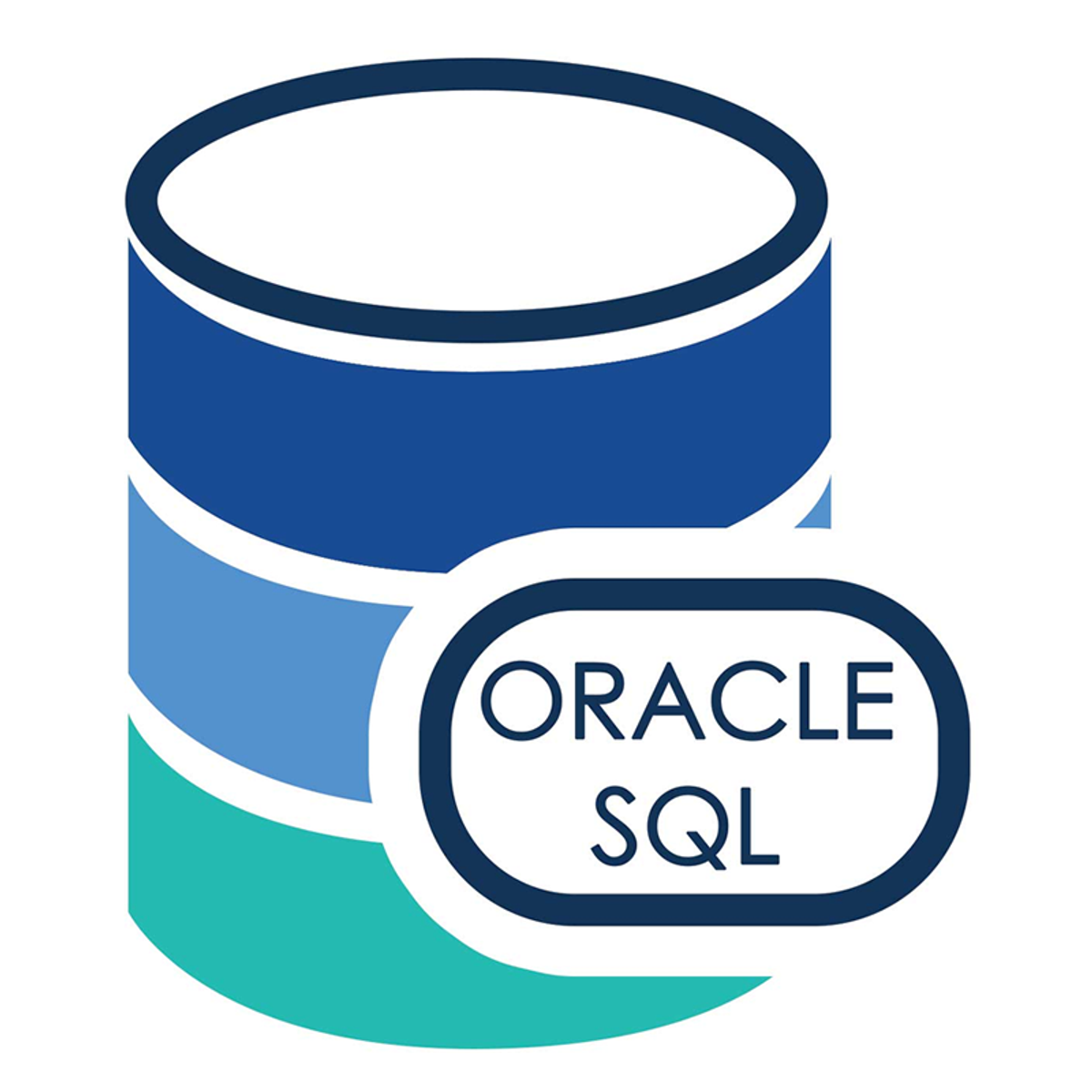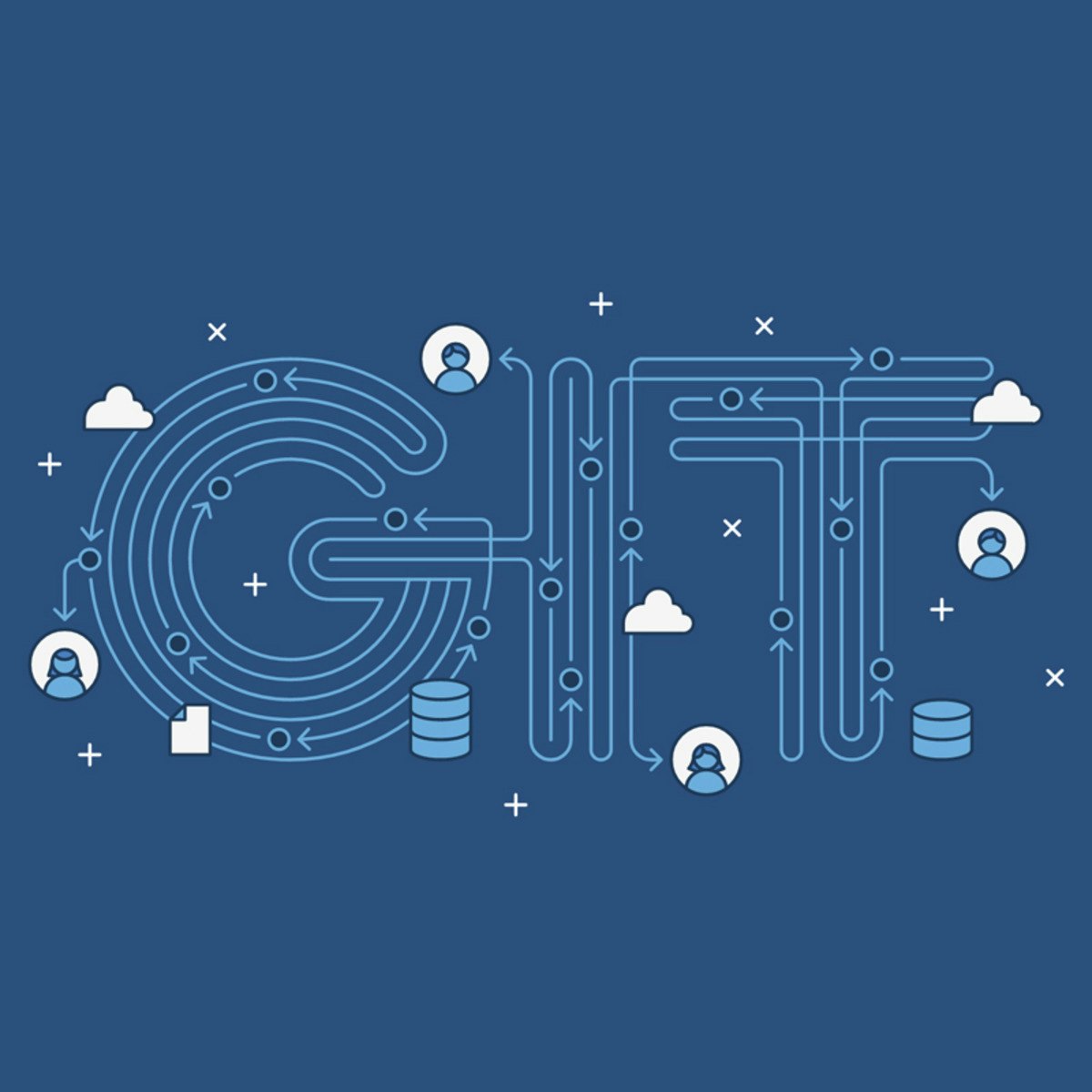Back to Courses









Computer Science Courses - Page 51
Showing results 501-510 of 2309

Homeland Security and Cybersecurity Future
This course takes a look at the future of cybersecurity with respect to what is being done to lessen the potential for catastrophic destruction resulting from cyber attack on critical infrastructure. In this respect, we take a short survey of potential technological solutions and response options. We conclude this module by taking a look at unique aspects of the cyber profession and personal considerations for those who want to make cybersecurity a career.

Programming Fundamentals in Swift
This course is ideal for beginners eager to learn the fundamental concepts that underpin the Swift programming language. Explore the basic programming concepts and data structures that are core to any language, while discovering the unique aspects that make Swift as versatile as it is today.
In this course, you will receive hands-on practice utilizing these concepts. More specifically, you will learn how to use constants and variables with different data types and explore how to sort and store information in collection types such as arrays, tuples and dictionaries. Finally, you will discover how to make your code reusable and more expressive by using functions and closures.
By the end of this course, you will be able to:
• Demonstrate a working knowledge of general programming principles
• Prepare your computer system for Swift programming
• Show understanding of Swift syntax and how to control the flow of code
• Demonstrate knowledge of how to declare, use and modify constants and variables
• Differentiate between the different types of operators and their functions
• Demonstrate how to create simple control flow patterns and call functions using Swift
This is a beginner course for learners who would like to prepare themselves for a career in iOS development. To succeed in this course, you do not need prior web development experience, only basic internet navigation skills and an eagerness to get started with coding.

Oracle Database Foundations
This Specialization is designed to help beginners learn the foundational knowledge invaluable towards their journey to becoming proficient with the Oracle database environment.
There are four courses in this specialization. This is the first. Please be sure to take the courses in the order they are presented.

Use Menus to Process Simple Personal Data in JavaFX
In this project, you will create a simple GUI application that uses two menus to process simple personal details in JavaFX framework. A template program is provided that contains labels, text fields, and radio buttons with simple personal details. You will then create and add two menus to the GUI. When the item on the first menu is selected the entered personal details will be displayed. When the item on the second menu is selected, the background color of the screen will change.

Build & Deploy AI Messenger Chatbot using IBM Watson
In this 1 hour long project-based course, you will learn how to build, test and deploy an AI chatbot that will be able to interact with your customers, answer their questions and through which your clients will be able to make a booking. We will begin this guided project by creating an IBM Cloud account. We will be using the Free plan of IBM cloud which allows up to 1000 unique Monthly Active Users (MAU) to chat with your chatbot and up to 10,000 messages per month. We will also explore all the integrations and deploy the IBM Watson chatbot assistant to Messenger. By the end of this project, you will have a full-featured chatbot on the backs of possibly one of the most advanced machine learning technologies that is available to the public.
You do NOT need any prior experience in coding or chatbot creation to be able to complete this project. This project is beginner-friendly.
Requirement: You will need a credit card to sign up for IBM Cloud account.
Note: This course works best for learners who are based in the North America region. We’re currently working on providing the same experience in other regions.

Building Virtual Agent Fulfillment
This is a self-paced lab that takes place in the Google Cloud console. In this lab, you will continue working on your Pigeon Travel chat agent and add context as well as setup fulfillment to lookup and store reservations entries in Firestore.
The Blockchain
Begin your exploration of blockchain technologies with a look at fundamental blockchain concepts along with an application in which blockchain technology plays a critical role — cryptofinance. This course also introduces distributed digital systems in terms of software and network architecture, and shows how these systems underlie the functionality of the blockchain. In this and the following courses in the specialization you'll have a chance for hands-on-practice to cement your learning.
This course requires the purchase of two books for the completion of assignments:
Drescher, D. (2017). Blockchain Basics: A Non-Technical Introduction in 25 Steps. (ISBN-13: 978-1484226032)
Antonoupoulos, A. M. (2017). The Internet of Money, Volume Two. (ISBN-13: 978-1947910065)

Version Control with Git
The Version Control with Git course provides you with a solid, hands-on foundation for understanding the Git version control system. Git is open source software originally created by Linus Torvalds. Git manages team files for large and small projects. This allows the team to continuously improve its product. It is used by most major technology companies, and is assumed knowledge for many modern programming and IT jobs. It is a core component of DevOps, continuous delivery pipelines and cloud-native computing. You could also use Git to manage the many continuously improving revisions of that book that you are writing.
In this course, you will not learn everything there is to know about Git, but you will build a strong conceptual understanding of the technology, and afterward will be able to confidently dig deeper on any topic that interests you. This course assumes no previous knowledge of Git, but if you do have experience with it, you may find this course to be both useful and challenging. This is especially true if you currently "know just enough Git to be dangerous".
There are two paths in this course. Both rely heavily on hands-on labs. One path assumes that you have experience using a command line interface, and the other path uses the Sourcetree graphical client. If you are not experienced with a command line, we highly suggest that you go through the Sourcetree path. Eventually, you might want to go through both paths, so that you can decide which tool to use for specific tasks. Besides, repetition is good for learning :)
You can watch the videos and take the quizzes from your phone if you want, but the hands-on labs require you to have a Windows or Mac computer. If you use the command line path through the course, you can also use Linux.
This course uses Bitbucket (bitbucket.org) as the hosted provider for remote Git repositories. Bitbucket is free for teams of up to 5 people, including private repositories. However, most of the knowledge that you gain in this course applies to Git itself, and you can apply this knowledge to other hosted Git providers (such as GitHub).
This course tries to be as concise as possible. It will probably take you about 5-10 hours to go through one of the two paths, but your mileage may vary.

Capstone: Autonomous Runway Detection for IoT
This capstone project course ties together the knowledge from three previous courses in IoT though embedded systems: Development of Real-Time Systems, Web Connectivity & Security and Embedded Hardware and Operating Systems. The students will develop a larger system using the learning outcomes from these courses, and the students will evaluate the developed system in a real-world programming environment. This course is a true engineering task in which the student must, not only implement the algorithm code, but also handle the interfaces between many different actors and hardware platforms. The students will learn how to motivate engineering decisions and how to choose implementations to make a system actually running. The students will also learn to evaluate the efficiency and the correctness of their system as well as real-world parameters such as energy consumption and cost.

Create User Stories in Jira
By the end of this project, you will be able to use Jira Software for project management to plan and manage your work. Jira is one of the most in demand project management tools and learning Jira will help you understand how to plan and manage your work, especially in the software field. This project is for beginners who aim to track, organize, and prioritize bugs, new features, and improvements for certain software releases or projects. In this project you will be able to create well-defined user stories in Jira, you will also create and use Sprints and Epics. You will identify the differences between them and be able to apply what you learned on any piece of work you are working on. This project will provide you with a good start in project management in the software field.
